Can Biden and top automakers really get America to 50 percent electric vehicle sales by 2030?

President Biden on Thursday took an ambitious drive toward reducing greenhouse gas emissions, with buy-in from some of the largest U.S. automakers. He signed an executive order setting a target that electric vehicles make up half of U.S. automobile sales by 2030, and the Environmental Protection Agency proposed new rules that would require tougher fuel-efficiency standards by 2026.
Gas-powered cars and trucks are the single largest source of U.S. greenhouse gas emissions.
The EPA's fuel-efficiency rules would essentially get the U.S. back to a goal set by former President Barack Obama, but the EV boost would be transformative. Standing in front of an electric GM Hummer and Ford F-150 pickup and a plug-in hybrid Jeep Wrangler on Thursday afternoon, Biden said these electric vehicles are "a vision of the future that is now beginning to happen, a future of the automobile industry that is electric."
The Week
Escape your echo chamber. Get the facts behind the news, plus analysis from multiple perspectives.

Sign up for The Week's Free Newsletters
From our morning news briefing to a weekly Good News Newsletter, get the best of The Week delivered directly to your inbox.
From our morning news briefing to a weekly Good News Newsletter, get the best of The Week delivered directly to your inbox.
"There's no turning back," Biden said. "The question is whether we lead or fall behind in the race for the future." Biden, the "car guy" president, was "in obvious good spirits" as he sold the pleasures of elective vehicles, The Associated Press reports. He took the Jeep Wrangler on a quick spin around the White House driveway, and during his remarks he turned to GM CEO Mary Barra and called dibs on test-driving the first electric Corvette. "You think I'm kidding," he said. "I'm not kidding."
EV sales are on the rise in the U.S., but still only a sliver of the U.S. market — about 3 percent of all new vehicles sold in May and June, up from 1.4 percent in 2020. Can U.S. automakers and consumers really bump that number to 50 percent in nine years?
Biden's target is nonbinding, and the auto industry only committed Thursday to aspiring to hit 40-50 percent EV sales by 2030, as CBS News notes.
At the same time, AP points out, "several automakers already have announced electric vehicle sales goals similar to those in the deal with the government."
A free daily email with the biggest news stories of the day – and the best features from TheWeek.com
GM, Ford, and Stellantis (Fiat Chrysler) said their 40-50 percent target "can be achieved only with the timely deployment of the full suite of electrification policies committed to" in bipartisan infrastructure legislation, including money for EV charging stations, battery development and production, and consumer tax credits. If those measures are in place, "the auto industry is poised to accept the challenge," said John Bozzella, president of the Alliance for Automotive Innovation trade group. The wild card is consumers.
Peter has worked as a news and culture writer and editor at The Week since the site's launch in 2008. He covers politics, world affairs, religion and cultural currents. His journalism career began as a copy editor at a financial newswire and has included editorial positions at The New York Times Magazine, Facts on File, and Oregon State University.
-
 ‘Managed wildfires have spread out of control before’
‘Managed wildfires have spread out of control before’Instant Opinion Opinion, comment and editorials of the day
-
 Separating the real from the fake: tips for spotting AI slop
Separating the real from the fake: tips for spotting AI slopThe Week Recommends Advanced AI may have made slop videos harder to spot, but experts say it’s still possible to detect them
-
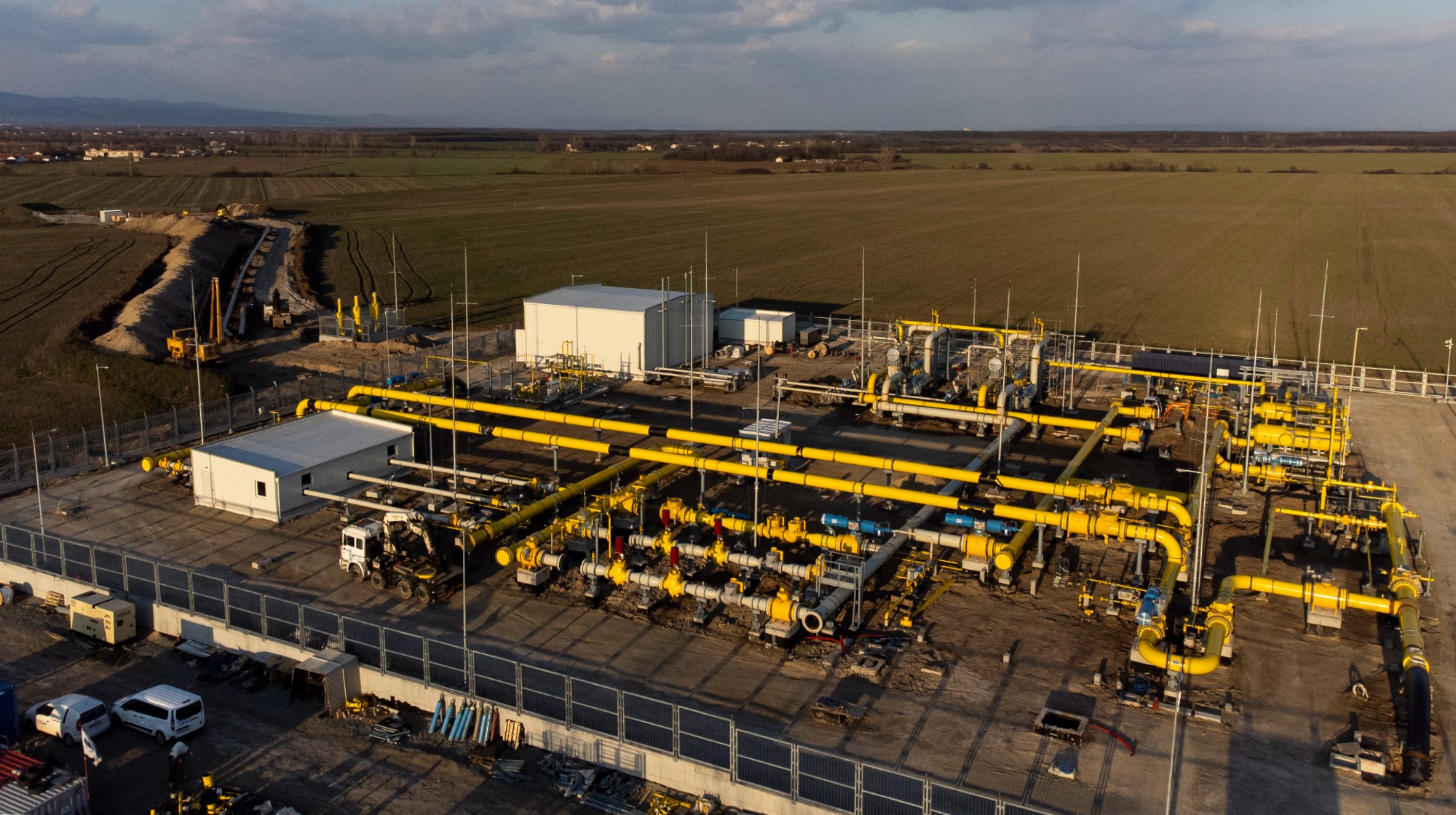 Europe sets 2027 deadline to wean itself from Russian natural gas
Europe sets 2027 deadline to wean itself from Russian natural gasIN THE SPOTLIGHT As international negotiators attempt to end Russia’s years-long invasion of Ukraine, lawmakers across the EU have reached a milestone agreement to uncouple the continent’s gas consumption from Moscow’s petrochemical infrastructure
-
 US mints final penny after 232-year run
US mints final penny after 232-year runSpeed Read Production of the one-cent coin has ended
-
 Warner Bros. explores sale amid Paramount bids
Warner Bros. explores sale amid Paramount bidsSpeed Read The media giant, home to HBO and DC Studios, has received interest from multiple buying parties
-
 Gold tops $4K per ounce, signaling financial unease
Gold tops $4K per ounce, signaling financial uneaseSpeed Read Investors are worried about President Donald Trump’s trade war
-
 Electronic Arts to go private in record $55B deal
Electronic Arts to go private in record $55B dealspeed read The video game giant is behind ‘The Sims’ and ‘Madden NFL’
-
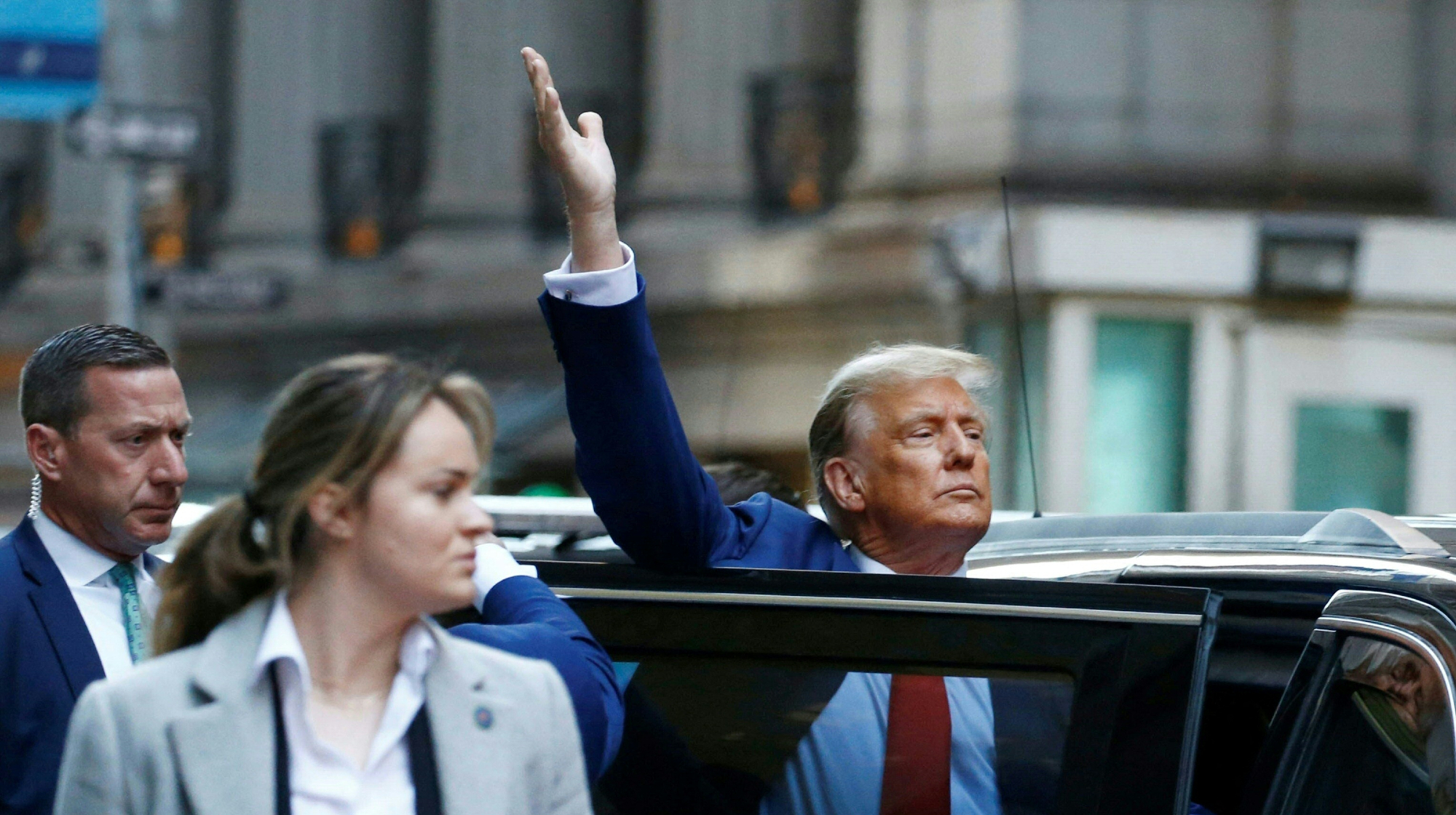 New York court tosses Trump's $500M fraud fine
New York court tosses Trump's $500M fraud fineSpeed Read A divided appeals court threw out a hefty penalty against President Trump for fraudulently inflating his wealth
-
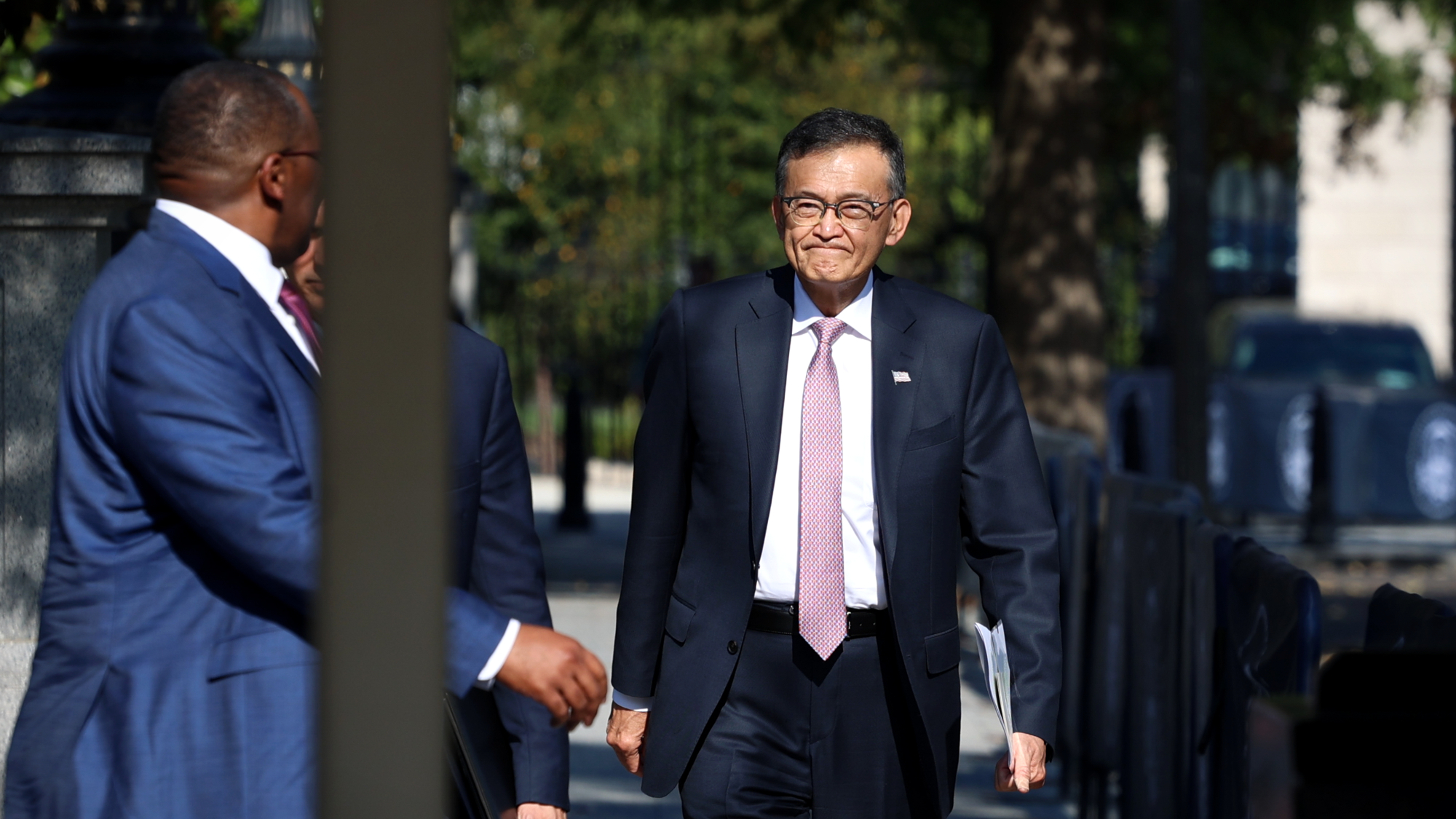 Trump said to seek government stake in Intel
Trump said to seek government stake in IntelSpeed Read The president and Intel CEO Lip-Bu Tan reportedly discussed the proposal at a recent meeting
-
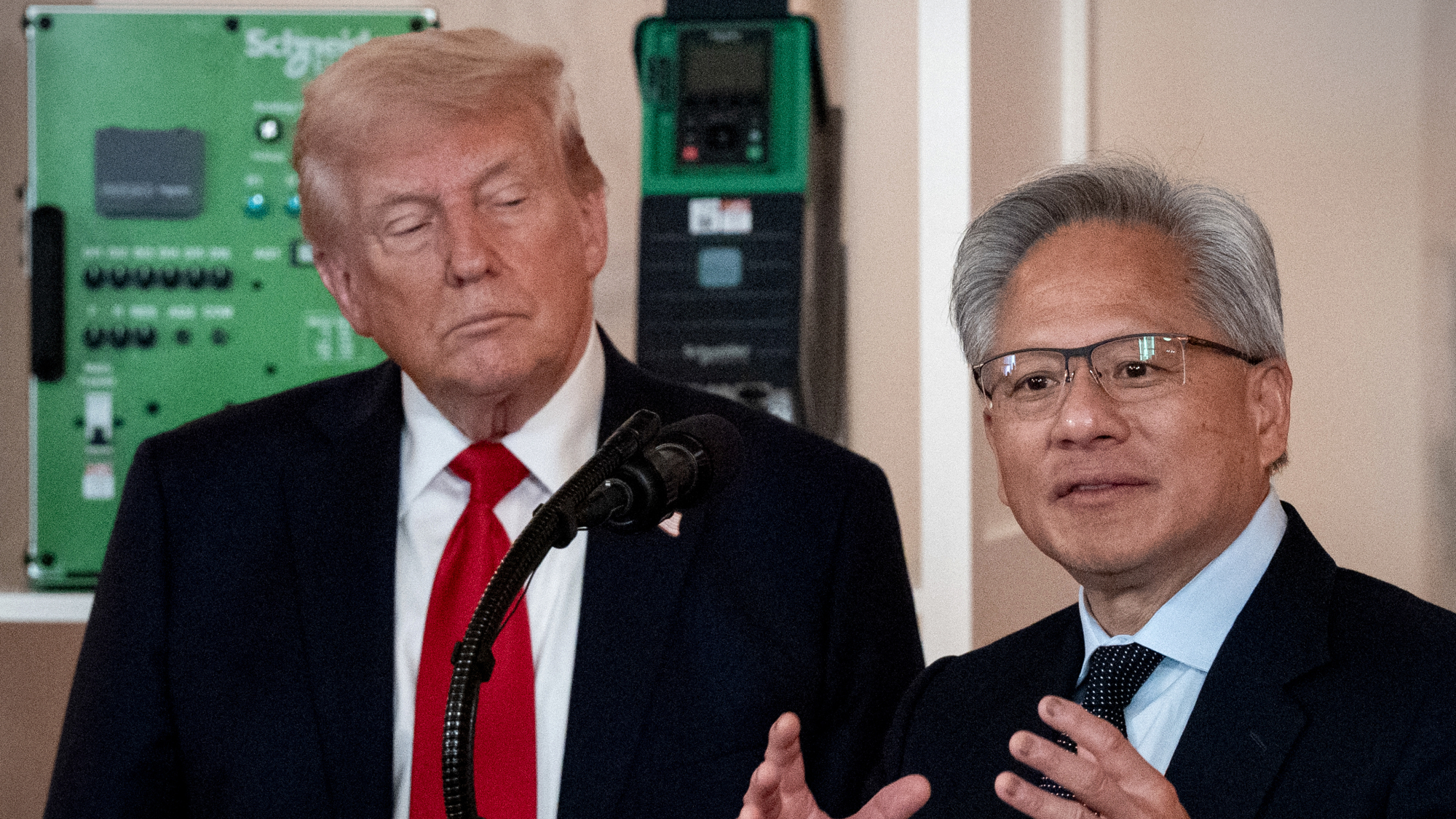 US to take 15% cut of AI chip sales to China
US to take 15% cut of AI chip sales to ChinaSpeed Read Nvidia and AMD will pay the Trump administration 15% of their revenue from selling artificial intelligence chips to China
-
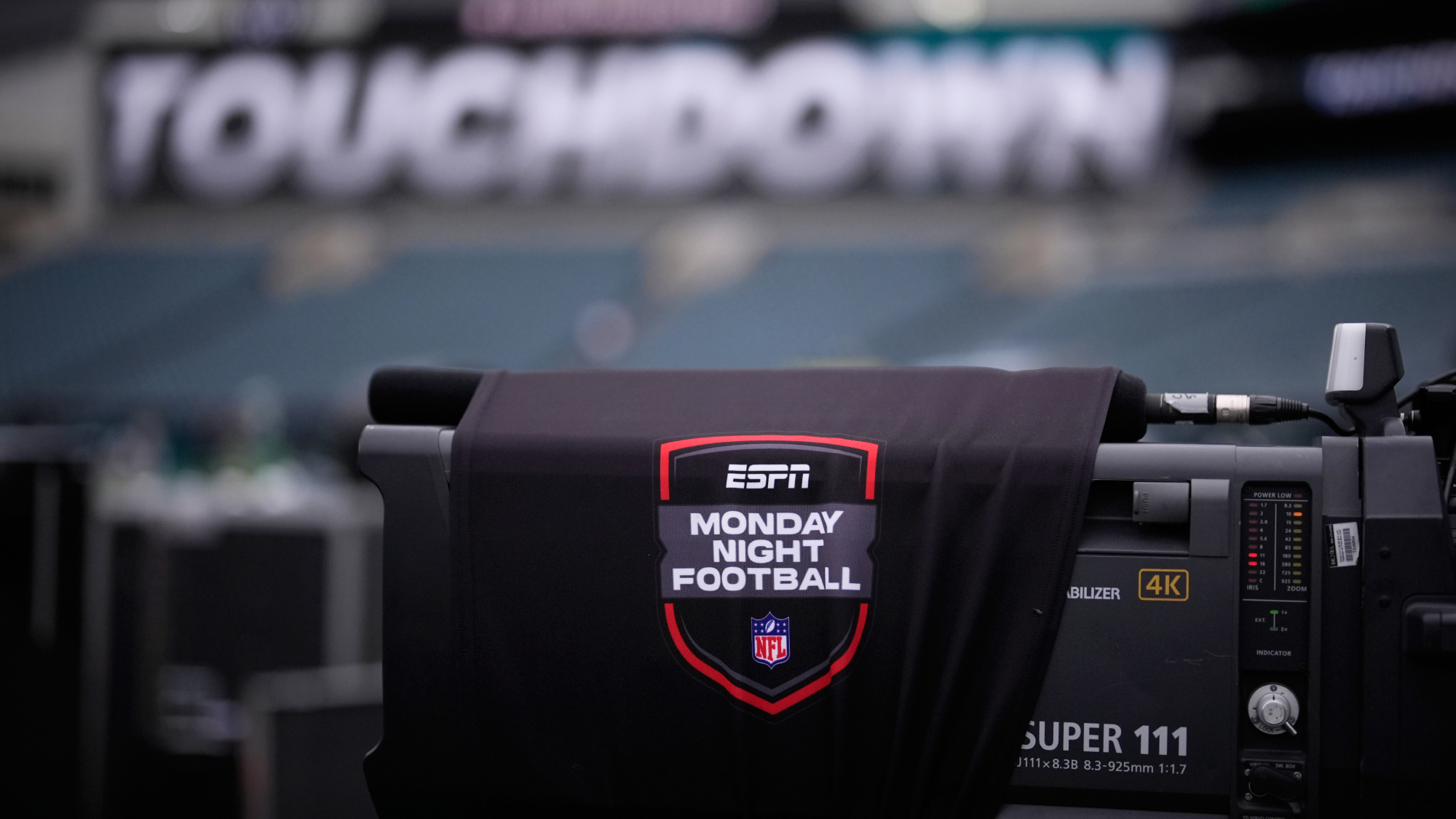 NFL gets ESPN stake in deal with Disney
NFL gets ESPN stake in deal with DisneySpeed Read The deal gives the NFL a 10% stake in Disney's ESPN sports empire and gives ESPN ownership of NFL Network


